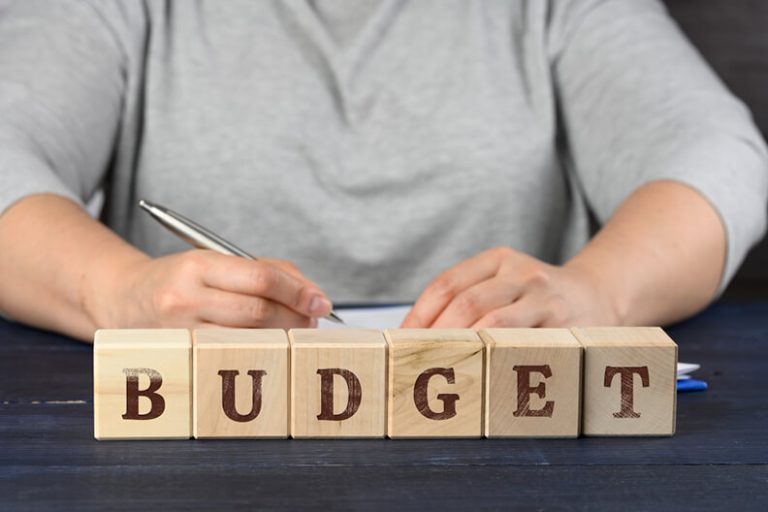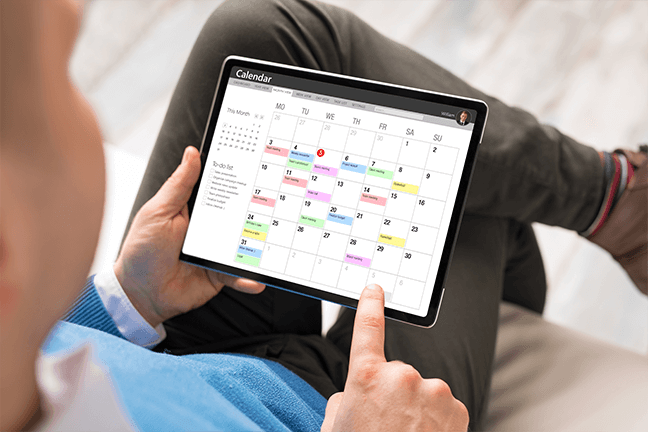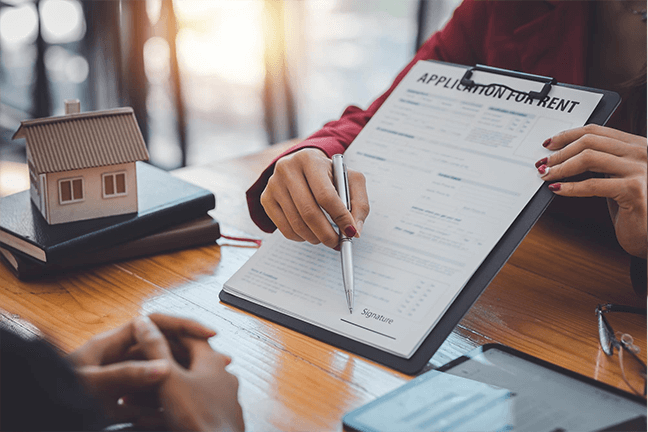Do You Want to Rent a Property ?
Step-by-Step Guide to Renting a Property
Renting a property can be an exciting yet intricate process. Whether you're a first-time renter or looking for a new place, following these steps will streamline the rental journey.

1. Determine Your Needs and Budget:
Before beginning your search, establish your needs—number of bedrooms, location, amenities, etc. Set a realistic budget that includes rent, utilities, and potential extra costs.
2. Start Your Search:
Explore various platforms—real estate websites, rental apps, and local listings—to find properties that match your criteria. Consider neighborhood preferences and proximity to essential facilities.


3. Schedule Property Viewings:
Arrange viewings for the selected properties. Evaluate each space for cleanliness, structural integrity, and functionality. Don’t hesitate to ask questions about maintenance, utilities, or lease terms.
4. Understand Lease Terms:
Read and comprehend the lease agreement thoroughly. Pay attention to clauses regarding rent, security deposit, utilities, maintenance responsibilities, and any additional fees or rules.


5. Submit Rental Application:
Once you've found your ideal property, complete the rental application provided by the landlord or property management. Be ready to provide personal information, employment details, and references.
6. Review the Lease Agreement:
With guidance from your agent, prepare a compelling yet reasonable offer.
Include contingencies, such as a home inCarefully review the lease agreement before signing. Ensure it accurately reflects the terms discussed, including rent amount, lease duration, security deposit, and any conditions or obligations.spection and financing, to protect your interests.


7. Pay Deposits and Fees:
Upon approval, pay the security deposit and any additional fees as outlined in the lease. Keep records of these transactions for future reference.
8. Conduct a Move-In Inspection:
Before moving in, perform a thorough inspection of the property. Document any existing damages or issues, and discuss them with the landlord to prevent misunderstandings during the move-out inspection.


9. Set Up Utilities and Tenant Insurance:
Arrange for utilities—electricity, water, gas, internet, etc.—to be transferred into your name. Consider obtaining tenant insurance to protect your belongings in case of unforeseen circumstances.
10. Move-In and Enjoy Your New Home:
On the agreed-upon move-in date, collect keys, complete any remaining paperwork, and settle into your new space. Congratulations on securing your rental property!

FAQs
A: Commonly required documents include proof of identity (such as a driver’s license or passport), proof of income (pay stubs, employment verification), rental history or references, and a completed rental application.
A: Your budget should include monthly rent, utilities (if not included), security deposit (usually equivalent to one month’s rent), and potentially additional fees like pet deposits or parking charges. A general rule of thumb is to allocate 25-30% of your monthly income for rent.
A: A lease typically involves a fixed-term contract, often for a year, outlining specific terms and conditions. A rental agreement, often referred to as a month-to-month agreement, is more flexible and doesn’t have a specified end date, allowing either party to terminate with proper notice.
A: As a tenant, you’re usually responsible for maintaining the property in good condition, promptly reporting any maintenance issues or repairs to the landlord, and following the guidelines outlined in the lease agreement. Major structural repairs and property upkeep typically fall under the landlord’s responsibilities.

